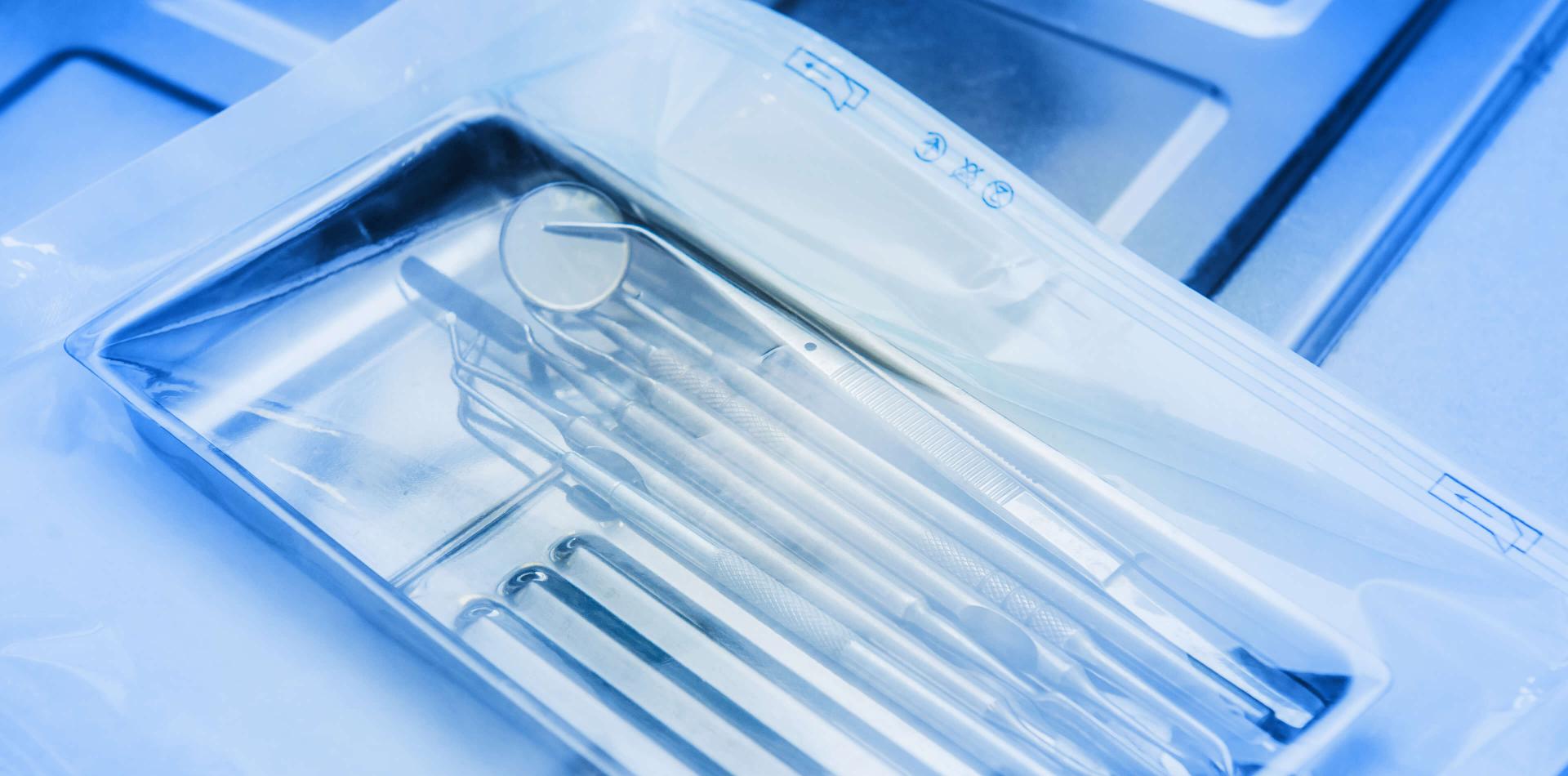
How to solve the problem with wet packs in sterilization process
03/17
One of the worst things you will encounter after running a sterilization cycle in your autoclave is evidence of moisture within the chamber or within the load itself. This phenomenon, known as wet packs, may not seem overly concerning but should be taken seriously and investigated. a wet pack is a sign that something is potentially wrong with your equipment, your process, or your building utilities and it should to be corrected and eliminated immediately.
a wet pack can cause contamination issues because excessive moisture can act as a pathway for microorganisms. This can lead to re-contaminating your sterilized load. In other words, if a load such as surgical instruments or pipette tips is not properly dried then microorganisms may wick through the wrapping and deposit themselves on the sterile load.
Causes of Wet Packs
The first reaction is to think there is a problem with the steam? It is important to understand that when room temperature metal instruments come in contact with hot steam, condensate will form. The colder the instruments and the more mass of metal, the greater the amount of condensate. Too much condensate may result in a wet pack at the completion of the drying cycle.
Wet packs can be caused by many problems, including:
- Clogged drain lines
- Poor steam quality
- Improperly drained steam supply lines
- Incorrect loading of the sterilizer (e.g., items are packed too tightly on the cart or placed incorrectly on the cart)
- Improper packaging materials or methods
- Insufficient drying time
- Sets or trays that are too heavy
- Improper density of set/pack
- Incorrect configuration of instrument sets
- Use of incorrect tray liners or instrument protective devices
- Incorrect sterilizer installation (Perkins)
- The type of container being used (material, weight), design
- Non-compliance with environmental controls for the preparation and packaging area
- How packs/trays are handled after sterilization (allowed to cool completely? Placed on a cool surface?)
- The environmental conditions and location of the cool down area (e.g. location of air conditioning vents)
WHAT IS STEAM
Steam Quality is the proportion of saturated steam (vapor) in a saturated condensate (liquid)/ steam (vapor) mixture. a steam quality of 0 indicates 100 % liquid, (condensate) while a steam quality of 100 indicates 100 % steam. One (1) lb of steam with 95 % steam and 5 % percent of liquid entrainment has a steam quality of 0.95. The measurements needed to obtain a steam quality measurement are temperature, pressure, and entrained liquid content. a high percentage (88 % or more) of industrial steam systems use saturated steam for process applications. Saturated steam (meaning steam that is saturated with energy) is entirely gaseous and contains no liquid.
The boiler operation uses chemical energy from a fuel source to deliver energy to the boiler water. Inside the boiler, liquid gains energy from the combustion process and changes state into saturated steam. Water enters the boiler at point a, and the water gains sensible energy (hf) to point B. The change of state is referenced as point B on the chart. as the saturated steam acquires more energy from the boiler combustion process, the steam achieves a high quality, (moving left to the right) as represented on the chart, points B to C. The increase in energy gained by the steam from points C to D goes toward the superheat of the vapor. There exists a directly proportional relationship between temperature and pressure in saturated steam. That is, as the temperature increases so do the pressure. Illustrated by the “Lines of constant pressure” on the graph, more sensible energy (hf) is needed to for water to transition from point a to point B and become a vapor. When steam enters the process, the energy level goes from right to left as the process absorbs the energy from the steam.
Why Steam Quality is Important
Today’s manufacturing techniques of heat transfer, control, and standards are all dedicated to improving and providing the highest quality product to the marketplace. To attain the highest quality, each manufactured component of the final product is inspected repeatedly, and measured for its quality to ensure that it meets the manufacturer’s and consumer’s expectations. Steam is a vital and critical part in producing the final product; therefore steam quality should be one of the main measurable points in producing a product in today’s manufacturing facility. all heat transfer components base performance calculations on 100 % steam quality, unless the manufacturer is informed by the end user that the steam quality is lower than 100 %.
Basically one of the best tool to use to control wet packs issue, is a steam quality controller. This system allows you to superheat the steam of few degrees to assure dry steam all the time through all process.
Source: http://medicalviews.net/how-to-solve-the-problem-with-wet-packs-in-sterilization-process/